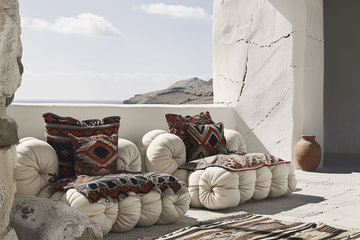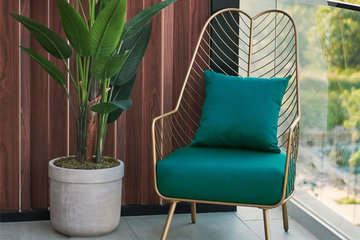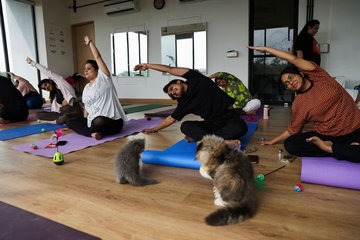
Spellbinding, ultra tasteful architecture and interiors can seriously perk us up and make our surroundings that much more beautiful, something award-winning firm Design Haus Medy knows too well. We chat to the style-savvy Medy Navani, the Founder and Head Designer of the firm that is internationally known for its wide-ranging architectural projects and interiors.
How did you discover interior design?
I was always very good at math, chemistry and physics in school, so I wanted to try out something new and started specialising in a school for design and art during the last years of my education. Part of that last year of school was to have a three-month training course in a design office. And there, in this small Interior design studio called Aimo +, was the birthplace of my lifelong desire to create and build. A few months later I began my architectural studies in university, and I continued to work for that company for almost four more years.
You work on various things from celebrity homes, boutique hotels and restaurants to retail spaces. Which fundamentals do you bring to them all?
It all starts with a curiosity and passion; if we don’t feel a project then we don’t start it. Each client wants quite the same, a unique project with a "wow" effect. So we try to approach every project in a different way, but with the same top-level standards. It all starts with understanding the exact wants and needs of each client and then we customise a perfectly engineered solution. We always work very closely with the client to ensure each element and detail is impeccable, creating a tailor-made service bursting with great Ideas.
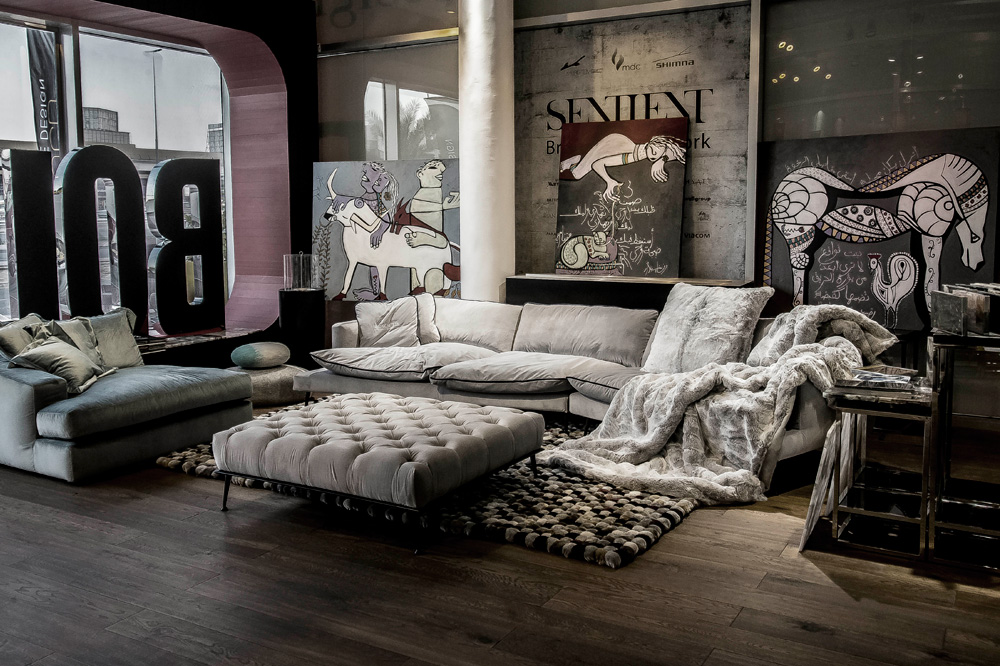
And which exciting new projects do you have on the horizon?
We are pitching right now for an exciting mall development in Brazzaville, Congo. The city is developing a huge entertainment centre and mall and wants us to be part of the whole project to create unique experiences for its future visitors. It’s still very much a secret so I can't give out too much info!
What are the biggest interior design trends this year?
I would say the trends I observed travelling to multiple exhibitions around the world is a return to the cosy, happy habitat, where colours and materials are focused on the "human" and our desire for comfort. An example of this is playing with colours in earthy tones that are warm, fresh and not too loud, with less shine and glitter. Green is obviously one of those colours that we see repeated in many varieties; its fresh, calming and signifies the arrival of spring. We are also seeing more trendy maritime colours (blue, white and a dash of red) as long as it comes in stripes (long, straight, zig-zag, blocks, soft or Missoni-style ones). Warm wood colours (oak and walnut) in combination with polished brass and white marbles are some of the materials dominating the furniture industry. I would consider polished brass as THE metal of the year. You will find it in many lightings and furniture profiles.

So which ones do you feel are the most suitable for the Middle East?
I love the maritime look, especially in combination with a beige sand colour. This would work, for example, in a Dubai Marina penthouse overlooking the harbour. Brass and white marble are a beautiful, timeless combination, which creates a very elegant and sophisticated look in many houses over here. The selection of materials and finishings for the UAE have one rule, they need to come together in a look that is rich and elegant. You rarely find clients here asking for super minimalistic Scandinavian design.
Which personal design peeves do you come across most in the region?
I think the UAE, and specifically Dubai, has been doing a great job lately by creating meaningful, high standard architecture and interior design. The best examples for that right now are the new Meraas developments in City Walk. Also, the private residential sector has a lot of new, creative minds contributing to its evolution in building quality design. However what really is and remains a great question mark for me is the quantity of community livings, which have been capriciously planned and executed. You might ask yourself if the developer planned to build 1,000 to 2,000 villas in a community why didn’t he ask a proper architect to design something decent?
Tell us about your signature less is more approach.
We believe in focus. That is focusing on one story or one concept that finds itself in many forms and shapes, and therefore creates an environment of intimacy. We focus on the advantages and strengths of the plot. For example, to take advantage of surrounding views we would build facing the right direction. In terms of architecture, we follow the form of the building and emphasise its high ceiling, long rooms or high windows, etc. Once you focus on one concept, its value becomes greater than when you splurge on more and more to create value.

Which colours, textures and furniture pieces do you love to use the most?
It all depends on what the project has to offer. I see myself like a great chef who enters a different country, goes to the market and purchases the fresh, local ingredients to cook a perfect local meal. When we plan a high-end luxury mansion on top of the Kumasi hills in Ghana, Africa, we need to understand what materials and colours harmonise and complement the heritage and culture of the surroundings and the client. Even though I like concrete as a surface material, obviously building a super modern concrete block would have no particular meaning on a random project. It's always our clients and their extraordinary requests that inspire in us the desire to play and experiment with all kinds of materials and colours.
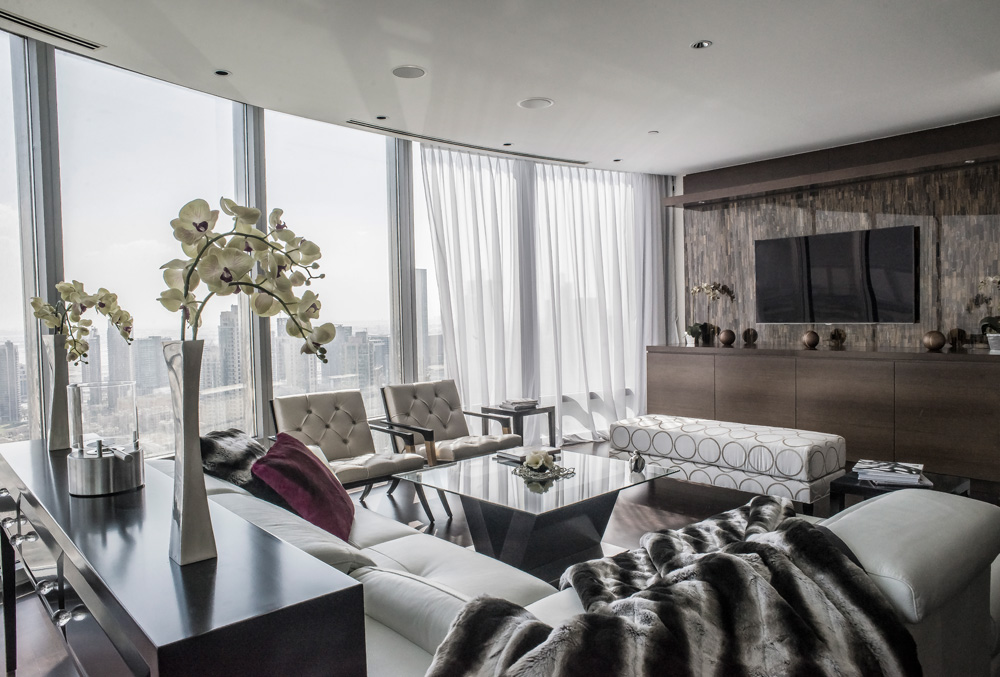
Do you have a favourite design reference?
I am a big fan of Pinterest, Fresh Home, Trendier and Stylepark, it’s a great library for inspiration and to find the right visual to our ideas.
Is there a space in Dubai you find yourself continuously drawn to because of the beautiful interior?
Not in Dubai, but Abu Dhabi, the Grand Mosque, it’s just a magnificent place. I was always a big admirer of great religious architecture, from the glorious mosques in the Arab world to the impressive churches in Europe and the mystique-filled temples in Asia.

